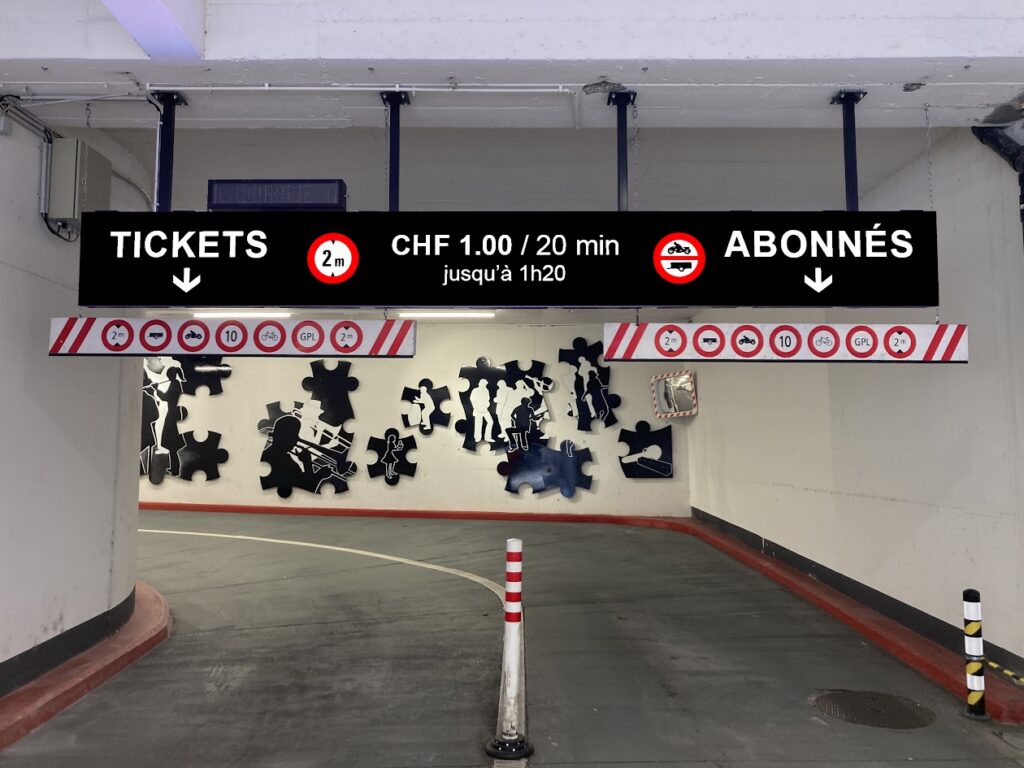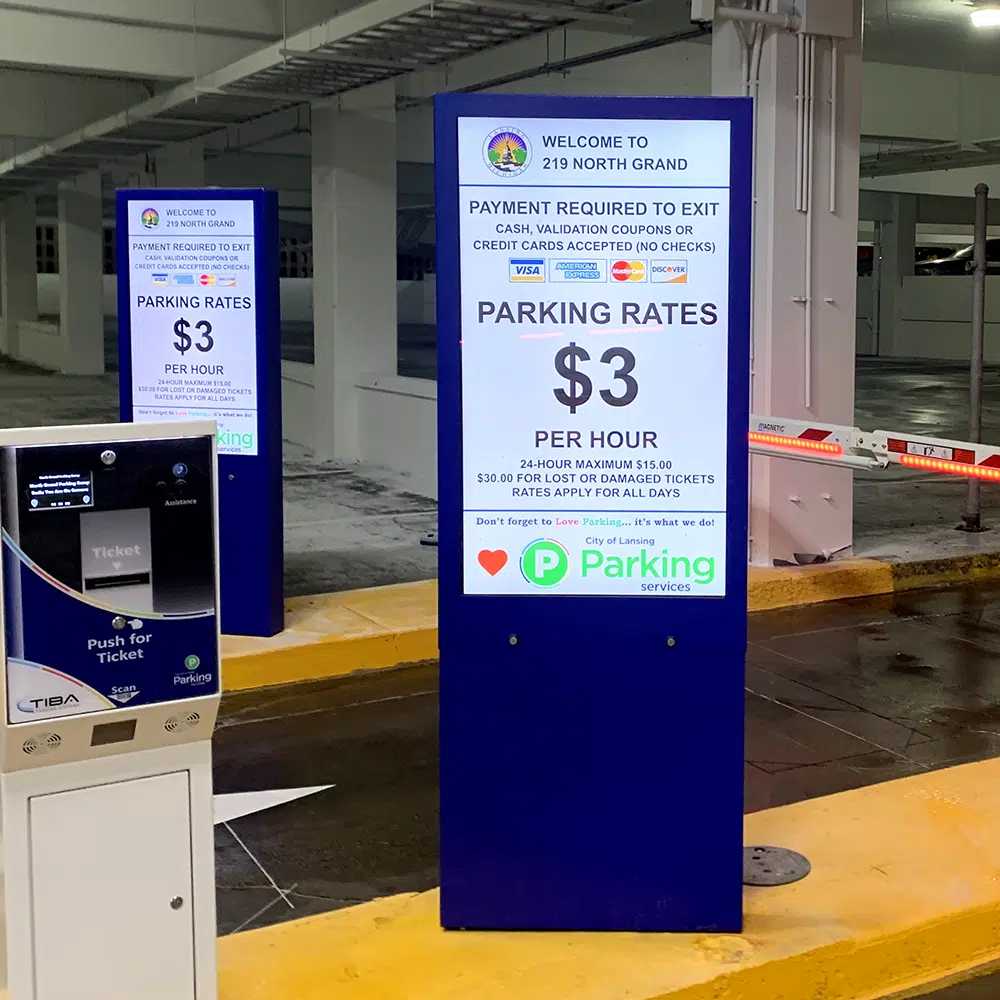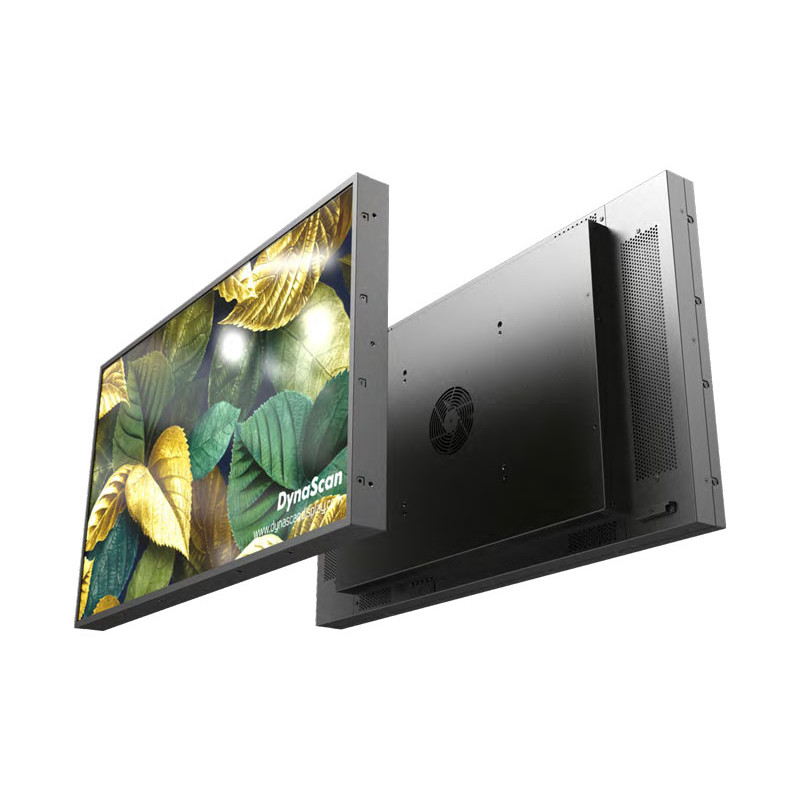With the rapid advancements in technology, the landscape of visual communication has undergone a significant transformation. From traditional television screens to the dynamic realm of digital signage, businesses and organizations now have mutiple options to engage their audiences effectively.
In fact, according to recent statistics, the global digital signage market size was estimated at a staggering USD 26.76 billion in 2023. This figure underscores the growing importance and adoption of digital signage solutions across various industries worldwide.
In this digital age, understanding the nuances between digital signage and television is crucial for businesses aiming to make informed decisions about their communication strategies. While both mediums share some similarities, they also possess distinct features and functionalities tailored to specific purposes and environments.
What Are The Main Differences Between Digital Signage and TV?
In this article, we delve into the 8 main differences between digital signage and television to help you decide which one is better for your business.
1. Visual Impact
One of the most striking disparities between digital signage and television lies in their visual impact on the audience. Digital signage, with its larger size, customizable dimensions, and unique display capabilities, stands out as inherently more eye-catching than television.
The sheer scale of digital signage allows for the creation of visually compelling and immersive experiences that captivate viewers’ attention effectively. Whether through dynamic content, interactive elements, or innovative designs, digital signage commands the audience’s focus and leaves a lasting impression.
In contrast, while television can deliver engaging content, its smaller size and standardized format may limit its ability to grab attention in crowded environments or compete for viewer recall. Consequently, messages displayed on digital signage are more likely to be remembered by the audience, highlighting the superior visual impact and memorability of digital signage compared to television.

2. Versatility
The versatility of digital signage far surpasses that of television. Unlike television, which is primarily designed for indoor use, digital signage offers the flexibility to be deployed in both indoor and outdoor environments. Its robust construction and weatherproofing capabilities enable it to withstand various outdoor conditions, expanding its utility beyond traditional indoor settings.
Moreover, digital signage comes in a wide range of formats, including wall-mounted displays, freestanding kiosks, interactive touchscreens, and even LED billboards, allowing for creative and strategic placement to maximize visibility and engagement. This diversity in formats empowers users to leverage their space intelligently and deliver messages in unique and impactful ways.
Whether it’s showcasing promotions in a retail store, providing information in a transportation hub, or displaying advertisements in outdoor settings, the versatility of digital signage ensures that it can adapt to diverse communication needs and environments effectively, making it a preferred choice for businesses seeking innovative and dynamic visual communication solutions.

3. Cost
Cost presents a difference between digital signage and TV. While digital signage requires a larger initial investment compared to television, it offers a better return on investment (ROI) over the long term.
Digital signage solutions encompass various components such as displays, content management software, and installation costs, contributing to a higher upfront expenditure. However, the enhanced functionality, durability, and versatility of digital signage justify this initial investment by delivering greater value and performance over time.
Additionally, it’s worth noting that for television usage, opting for a 4K TV is preferable, although more expensive. Indeed, the higher resolution of 4K televisions ensures better image quality and clarity, particularly important for displaying detailed content or in applications where visual precision is paramount.
Despite the higher initial cost associated with digital signage, its superior long-term ROI and the need for high-quality displays, whether in digital signage or television usage, underscore the importance of considering both short-term expenses and long-term benefits when making investment decisions.
4. Durability and Longevity
A notable divergence between digital signage and television lies in their durability and longevity. Digital signage systems are designed to withstand continuous operation over extended periods, making them inherently more durable than televisions.
While both may have a similar lifespan, digital signage is engineered to function reliably 24/7, catering to applications that require uninterrupted operation such as advertising displays, information kiosks, or wayfinding signage in public spaces. This robustness ensures that digital signage can endure the rigors of constant use without experiencing significant performance degradation.
In contrast, televisions are not typically intended for continuous operation and may suffer from reliability issues or reduced lifespan when subjected to prolonged use. Therefore, the superior durability and 24/7 operational capability of digital signage make it a preferred choice for applications demanding long-term reliability and performance.
5. Brightness
One notable discrepancy between digital signage and television lies in their brightness levels. Digital signage typically offers higher brightness levels compared to televisions. This enhanced brightness ensures superior visibility, making digital signage displays suitable for various lighting conditions, including bright environments like sunny days. Note that LED screens offer better contrast, vibrant colors, exceptional brightness, and longevity. You can also create the screen format you desire.
The increased brightness of digital signage ensures that content remains clear and legible even in challenging lighting situations, maintaining visibility and impact regardless of the ambient conditions. In contrast, while televisions may offer adequate brightness for typical indoor viewing, they may struggle to maintain visibility in brightly lit environments.
6. Self-Sufficiency
One of the distinctions between television and digital signage lies in their autonomy. Televisions stand out for their self-sufficiency, as they do not require additional software installations to function. With a simple connection to a broadcasting source, whether it be an antenna, cable, or internet connection, TVs can instantly broadcast live or pre-recorded content.
Moreover, televisions come equipped with a plethora of built-in features, such as the ability to switch between different channels, access online streaming services, or even browse the internet. In contrast, while digital signage may be more limited in terms of built-in features, it compensates for this shortfall with the flexibility and customization offered by dedicated digital signage software for managing and controlling displayed content.
Thus, while television may appear more autonomous at first glance, digital signage provides greater adaptability to specific visual communication needs.
7. Audio
Another notable distinction between television and digital signage lies in their audio capabilities. Unlike televisions, which typically come equipped with built-in sound systems, digital signage often lacks integrated audio.
If audio-enhanced content is desired on digital signage displays, additional digital signage hardware, such as external speakers or audio systems, must be considered and purchased separately.
While this may seem like an inconvenience, it offers flexibility in tailoring the audio experience to suit specific environments and preferences. In contrast, televisions provide a more straightforward solution by offering integrated audio functionality, allowing for immediate playback of sound alongside visual content.
8. Touch Screen
A difference between television and digital signage is the presence of touchscreen functionality. While it is uncommon for televisions to incorporate this feature, it is prevalent in digital signage displays, although typically reserved for specific use cases such as interactive kiosks in fast-food restaurants or wayfinding displays in shopping malls.
Touchscreen technology in digital signage offers users a more interactive and engaging experience, allowing for direct interaction with displayed content. However, it’s important to note that touchscreen capability is not a prerequisite for dynamic digital signage. Many digital signage applications effectively engage audiences without touchscreen functionality, leveraging dynamic content, motion graphics, and tailored messaging to deliver impactful communication experiences.
3 Best Digital Signage Screens
1. LG 49UH5F-H

2. LG 49XS4J

The LG 49XS4J is an excellent choice for those seeking a high-performing Full HD screen at an affordable price. With its Full HD resolution, IPS panel with wide viewing angles, and anti-glare coating, it delivers clear and precise images, perfect for use in indoor environments.
3. Dynascan DS32

The Dynascan DS32 is an economical and reliable choice for those seeking a Full HD screen for use in demanding environments.
With its Full HD resolution, fast response time TN panel, anti-glare coating, and robust design, it delivers clear and precise images, perfect for use in commercial and industrial environments.
Featuring USB ports for content playback from USB drives, built-in speakers, and VESA compatibility for easy wall mounting, it offers all the essential features for professional use.
Comparative of Digital Signage Screens
| Features | LG 49UH5F-H | LG 49XS4J | Dynascan DS32 |
|---|---|---|---|
| Resolution | 4K UHD (3840 x 2160) | Full HD (1920 x 1080) | Full HD (1920 x 1080) |
| Panel | IPS | IPS | TN |
| Viewing Angles | Wide | Wide | Decent |
| Color Reproduction | Accurate | Accurate | Average |
| Coating | Anti-glare | Anti-glare | Anti-glare |
| Design | Slim and lightweight | Slim and lightweight | Sturdy |
| Rotation | Portrait or Landscape | Portrait or Landscape | Portrait or Landscape |
| Price | $$$ | $$ | $ |
What Is The Difference Between Digital Signage And Video Wall?
The primary difference between digital signage and a video wall lies in their configuration and intended usage. Digital signage typically refers to a single display or a network of displays used to convey information, advertisements, or other content in various environments. These displays can range from small screens in retail stores to larger displays in corporate lobbies or transportation hubs. Digital signage is versatile, allowing for dynamic content updates and targeted messaging to specific audiences.
On the other hand, a video wall consists of multiple displays tiled together to form a larger, cohesive screen. Video walls are often used for impactful visual displays in high-traffic areas such as control rooms, command centers, or entertainment venues. Unlike digital signage, which may focus on disseminating different content across multiple displays, a video wall typically presents a unified image or video across all screens, creating a seamless and immersive viewing experience.
While both digital signage and video walls serve the purpose of visual communication, their configuration and application differ. Digital signage offers flexibility and customization for displaying diverse content across individual or networked displays, while video walls provide a unified canvas for large-scale visual presentations. Ultimately, the choice between digital signage and a video wall depends on factors such as space constraints, audience engagement goals, and the desired visual impact.
Can I use a regular TV for digital signage?
Yes, you can use a regular TV for digital signage, but it’s important to choose a model that meets the requirements of digital signage. Since it will be on frequently, opt for a TV with low energy consumption. However, keep in mind that for effective digital signage, it may be necessary to choose a model with high brightness to ensure optimal visibility throughout the day, regardless of the location. Aim for a TV with brightness greater than 2000 nits.
Attention
In any case, TVs are not 100% suitable for digital signage because they are not designed to be on 24/7. We recommend using a TV for simple digital signage and turning it off at night.
Can I use a TV for a digital menu board?
No, televisions are not recommended for displaying a digital menu board. This type of display is often on for long periods and requires high brightness to be clearly visible to customers, regardless of lighting conditions or sunlight reflections. Using a screen that is not very visible for this type of display can have a negative impact on your business and cause frustration for your customers.


